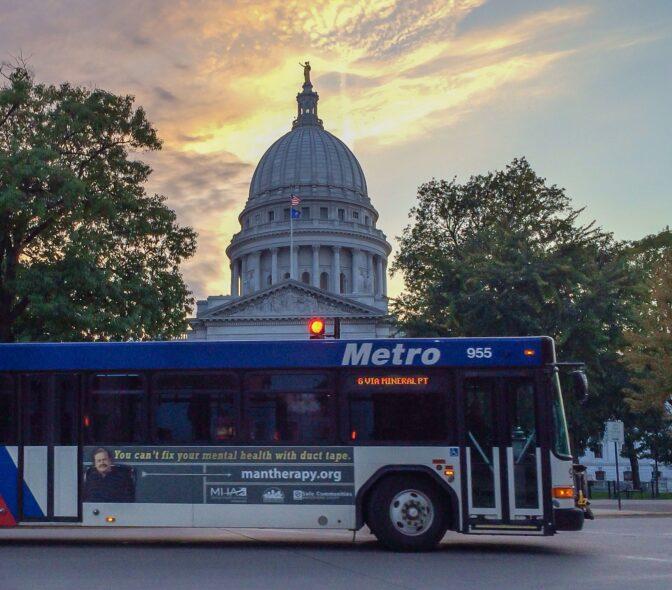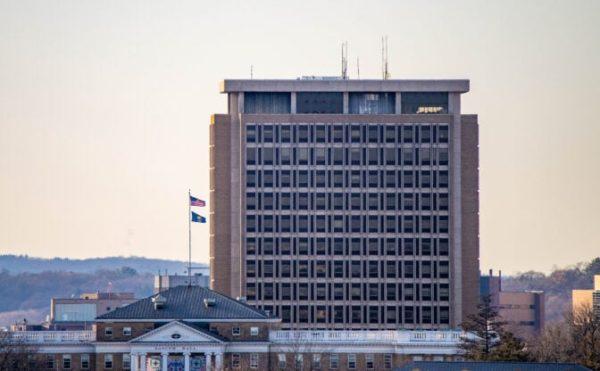This year, the Free Application for Federal Student Aid rolled out changes intended to make the financial aid process easier and more streamlined for applicants. The changes were also supposed to make aid more available to low and middle class families. But, that hasn’t proven to be the case, and the Office of Federal Student Aid has many issues it needs to resolve.
Not only was the rollout delayed until January 2024, when the FAFSA normally opens in October, but even after it rolled out, it had a host of technical issues, according to the Associated Press. People were unable to access the forms to fill out virtually, and more recently, it is possible that some colleges received incorrect information about applicant’s finances after an issue occurred with transferring tax data from the IRS, according to a March 29 issue alert from the Office of Federal Student Aid. This means that approximately one million students who filled out the FAFSA had inaccurate tax information sent to their desired universities and colleges, according to CNN.
The Education Trust estimated that at earliest students would start receiving financial aid offers in February, but due to ongoing issues, it was more likely to be March — only two months from when most students need to decide which college to attend.
Aid from FAFSA is a key part of making a college decision for many families. Even if students are accepted into a university of their choosing, often times their final decision is related to whether or not it is financially feasible to attend, particularly with the staggering debt that most college graduates face. Being that most students have to make college decisions in May, families that haven’t yet received financial aid offers — or even worse, those who had incorrect information sent to certain universities — are placed at a disadvantage.
Looking at the University of Wisconsin specifically, the 2024-25 cost of attendance is estimated at $59,614 for out-of-state students. If prospective students aren’t aware of aid they may be receiving, making a decision on where to attend is made increasingly difficult. It is plausible that students won’t enroll in more expensive, out-of-state colleges if they aren’t certain they have the money to pay for it.
Additionally, backlogged forms set students of a lower socio-economic standing at a disadvantage. For those who can afford tuition without federal aid, finances may not make the decision too complicated. But for students that are relying on aid, this process is more difficult. This exacerbates the privilege that financially advantaged students have entering higher education, and only increases inequities amongst students.
Students that can’t afford expensive colleges out-of-pocket are driven away from more prestigious universities which means students who do attend them are in a financial position unaffected by federal aid, according to the Education Trust. Specifically, this further marginalizes students from disadvantaged backgrounds. Approximately 88% of Black students, 87% of Native students and 82% of Hispanic students rely on financial aid for college, compared to 74% of white students, according to the National Center for Education Statistics.
Consequentially, this has the potential to impact diversity on campuses. If students of color have less financial freedom to attend expensive, prestigious universities, racial and ethnic disparities in higher education will only be exacerbated.
Though these specific technical issues are new, students facing challenges receiving federal financial aid is not, according to U.S. News. Applicants have often criticized the complexity of the form itself and how the process is timed. Additionally, the information that the form relies on to calculate aid is from previous years, which isn’t necessarily a reflection of current financial status.
The new form was supposed to correct these types of issues, but instead has just created new ones, according to U.S. News. Parents and students have encountered difficulty sending information to the correct school, so information is being sent where it shouldn’t be. Plus, parents without Social Security numbers have had difficulty contributing any information to the form. Students declared as eligible noncitizens, which generally includes students who hold a green card, according to the Office of Federal Student Aid, can’t submit the form at all, according to U.S. News. These barriers lead to students who come from low-income backgrounds, or people that have more complex financial situations to being blocked from receiving the aid that they need.
Federal financial aid is incredibly important to the college process since ideally, it serves to promote more equal opportunity and make education more affordable. When difficulties occur within this process, it creates barriers marginalize those who rely on financial aid. It is critical to simplify the financial aid process if it is going to serve its purpose of making higher education feasible and affordable.
Sammie Garrity ([email protected]) is a freshman studying journalism and political science.


















